Table of content
Star anise, with its distinctive licorice-like aroma and warm sweetness, is a cornerstone of global cuisines, from Chinese five-spice blends to Vietnamese pho and European mulled wines. However, this star-shaped spice—native to China and Vietnam—is not always readily available in every kitchen. Whether you’re mid-recipe and realize you’re out of star anise, or you’re cooking for someone with dietary restrictions, knowing how to substitute it without compromising flavor is a valuable skill. This article delves into the world of star anise alternatives, exploring spices, herbs, and creative combinations that can mimic its unique profile or introduce complementary notes to your dishes.
Understanding Star Anise’s Flavor Profile
Before diving into substitutes, it’s essential to grasp what makes star anise unique. Its flavor is dominated by anethole, the same compound found in anise seed and fennel, which gives it a pronounced licorice or tarragon-like taste. However, star anise also carries subtle warmth from cinnamon notes and a mild bitterness reminiscent of cloves. This complexity allows it to bridge sweet and savory dishes, making it indispensable in braises, stews, marinades, and desserts.
Key Considerations When Substituting
- Flavor Intensity: Star anise is potent, so substitutes should be adjusted to avoid overpowering the dish.
- Culinary Context: The substitute should align with the dish’s origin. For example, Chinese five-spice powder is ideal for Asian recipes, while anise seed suits Mediterranean dishes.
- Texture: Whole star anise is often removed before serving, so ground substitutes or alternatives that dissolve (like cinnamon) may alter the dish’s appearance.
Top 10 Star Anise Substitutes
Anise Seed
The closest relative to star anise, anise seed shares the same anethole compound, delivering a similar licorice flavor. However, it lacks the warmth and bitterness of star anise.
- Usage: Use 1 teaspoon of ground anise seed to replace 1 whole star anise pod. For a deeper flavor, combine with a pinch of ground cinnamon or cloves.
- Best For: Biscotti, Italian sausages, and baked goods.
Fennel Seed
Fennel seed offers a milder licorice note with grassy undertones. It’s less intense than star anise, making it suitable for subtle dishes.
- Usage: Use 1.5 teaspoons of crushed fennel seeds per star anise pod. Toasting them first enhances sweetness.
- Best For: Fish stews, roasted vegetables, and Indian curries.
Chinese Five-Spice Powder
This blend typically contains star anise, cinnamon, cloves, fennel, and Szechuan pepper. If you have it, use it directly—otherwise, recreate the mix.
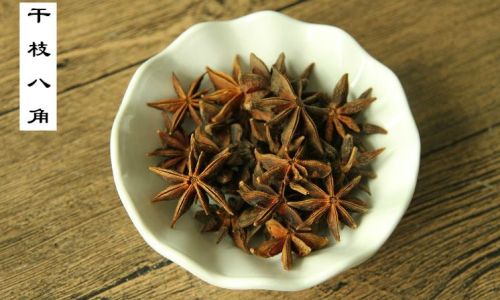
- Usage: Substitute ½ teaspoon of five-spice powder for 1 star anise pod. Adjust to taste, as cloves and cinnamon may dominate.
- Best For: Stir-fries, marinades, and duck dishes.
Allspice
Allspice mimics star anise’s warmth with its cinnamon, clove, and nutmeg notes, though it lacks licorice.
- Usage: Use ¼ teaspoon of ground allspice per pod. Pair with a tiny pinch of fennel or anise seed for complexity.
- Best For: Spiced ciders, Jamaican jerk seasoning, and pumpkin pies.
Cloves
Cloves add pungent sweetness and astringency, replicating star anise’s bitter undertones.
- Usage: Use ¼ teaspoon of ground cloves per pod. Combine with cinnamon for balance.
- Best For: Stewed fruits, ham glazes, and chai teas.
Cinnamon
While cinnamon lacks licorice, its warmth can compensate in sweet dishes.
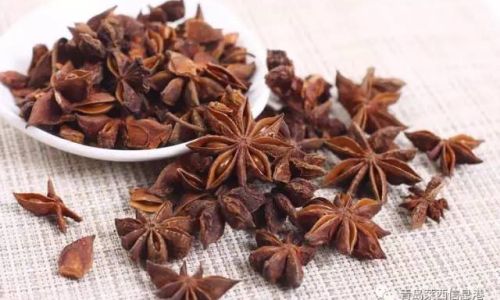
- Usage: Use a 1-inch cinnamon stick or ½ teaspoon ground cinnamon per pod. Pair with a dash of anise extract if available.
- Best For: Apple pies, oatmeal, and Moroccan tagines.
Licorice Root
Dried licorice root provides a pure, intense licorice flavor but requires careful dosing.
- Usage: Use a 2-inch piece of root (simmered and removed) or ¼ teaspoon powdered licorice root. Avoid overuse, as it can turn bitter.
- Best For: Herbal teas, Scandinavian aquavit, and dark beers.
Tarragon
Fresh or dried tarragon offers a mild, sweet licorice flavor ideal for delicate dishes.
- Usage: Use 1 tablespoon of fresh tarragon or 1 teaspoon dried per pod. Combine with black pepper for depth.
- Best For: Béarnaise sauce, chicken salads, and omelets.
Caraway Seed
Caraway’s earthy, anise-like notes work in hearty dishes, though it’s more pungent.
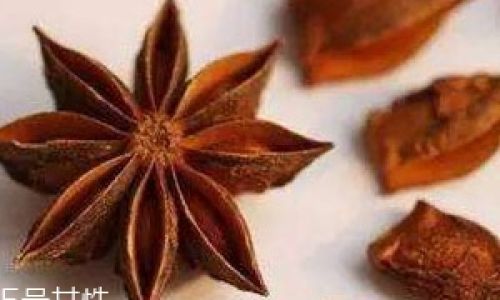
- Usage: Use 1 teaspoon of crushed caraway seeds per pod. Balance with a touch of honey.
- Best For: Rye bread, cabbage stews, and sauerkraut.
Combination Spices
For dishes where star anise is central, blend substitutes to mimic its complexity:
- Example Mix: ½ teaspoon anise seed + ¼ teaspoon cinnamon + ⅛ teaspoon cloves.
- Usage: Adjust ratios based on the dish’s sweetness or spiciness.
When to Avoid Substitutes
While creativity is encouraged, some dishes demand star anise’s uniqueness:
- Chinese Red-Cooked Dishes: The five-spice balance is hard to replicate.
- Vietnamese Pho: Star anise is integral to the broth’s soul.
- Spiced Rums/Liqueurs: Its bitterness is non-negotiable.
Dietary and Allergy Considerations
- Anise-Free Options: Use fennel, caraway, or tarragon for those allergic to anise.
- Gluten-Free: All substitutes listed are naturally gluten-free.
- Vegan/Vegetarian: Ensure spices are unprocessed (e.g., some cinnamon is coated with wax).
Creative Non-Spice Alternatives
For adventurous cooks, these ingredients can evoke star anise’s essence:
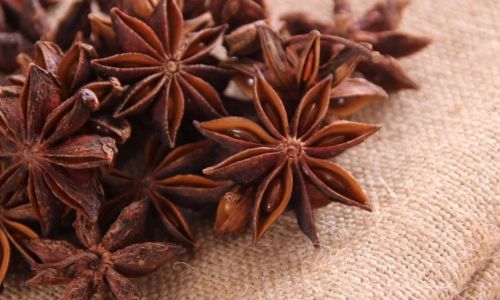
- Star Fruit: Slice thinly and simmer in broths for a citrusy-sweet note.
- Pernod or Ouzo: A splash of anise-flavored liquor adds depth (use sparingly).
- Black Cardamom: Its smoky warmth pairs well with meaty dishes.
Storage Tips for Substitutes
- Grind Fresh: Whole spices (anise, fennel) retain potency longer than ground.
- Avoid Heat: Store in airtight containers away from light to prevent flavor loss.
Conclusion
Star anise’s absence need not derail your culinary ambitions. By understanding its flavor components and experimenting with substitutes, you can adapt recipes to suit your pantry and palate. Whether you opt for the straightforward sweetness of anise seed, the warmth of cinnamon, or the boldness of five-spice powder, each alternative brings its own character to the table. Remember that cooking is an art of balance—taste as you go, adjust with confidence, and savor the journey of discovery. The next time you reach for a star anise pod and find it missing, view it as an opportunity to explore the vast, aromatic world of spices waiting in your kitchen.


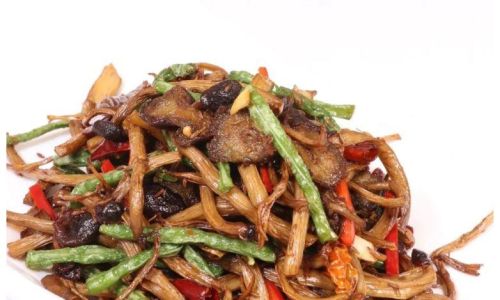



0 comments